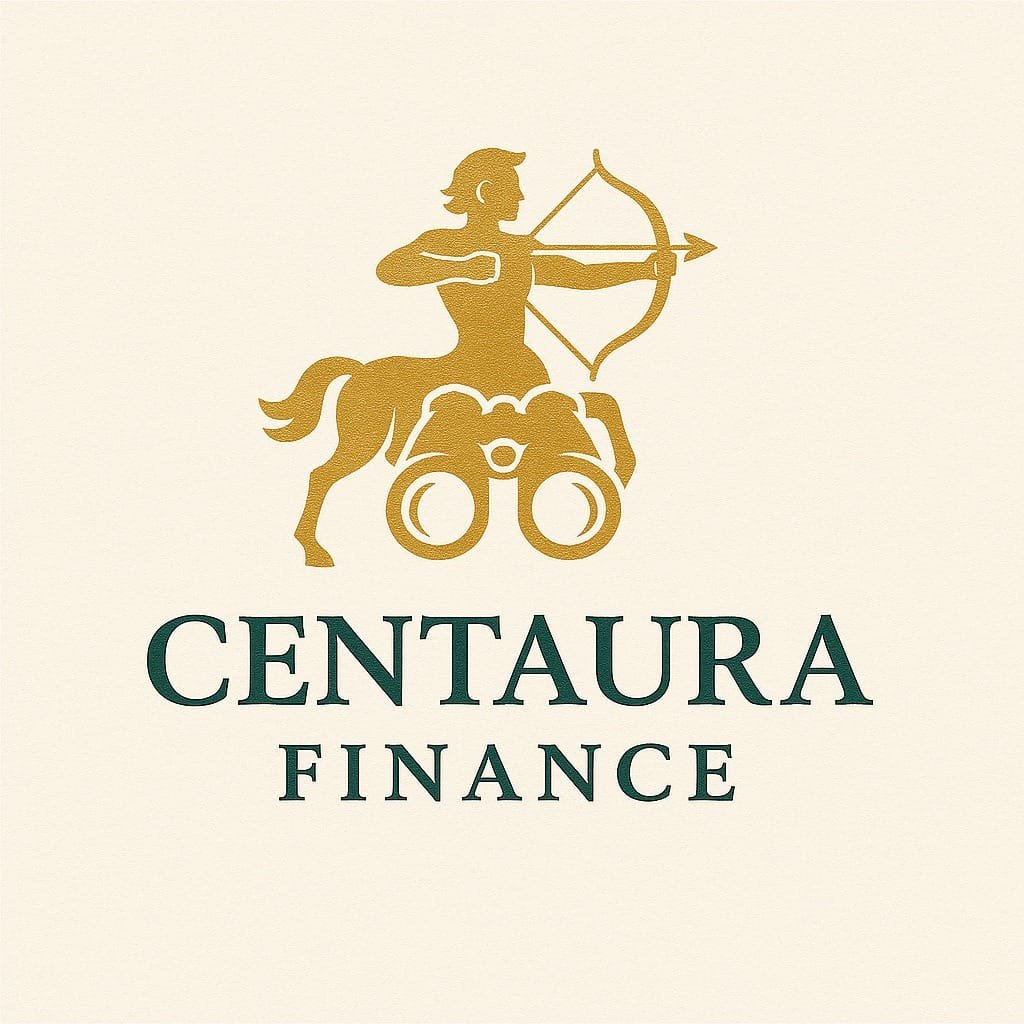Why Millennials Are Breaking Up With Traditional Banks
Millennials have grown up with the internet, watched smartphones become lifelines, and witnessed the birth of Uber, Netflix, and TikTok. So, when it comes to banking, why would they settle for long queues, paper forms, and clunky mobile apps? They won’t and they’re not.
Fintech (financial technology) is reshaping the way millennials manage money, save, invest, borrow, and spend. This generation isn’t just looking for convenience; they’re demanding transparency, flexibility, and innovation. And fintech is delivering all that and more.
In this article, we’ll explore how fintech is revolutionizing banking for millennials, highlight key trends, real-world case studies, and offer insights into what this means for the future of finance.
Who Are the Millennials?
Millennials, also known as Gen Y, are those born between 1981 and 1996. As of 2025, they make up the largest generation in the U.S. workforce, with a unique blend of tech-savvy skills and value-driven decision-making.
Characteristics That Shape Their Financial Habits:
- Digital-first mindset
- Student debt burden
- Skepticism toward traditional institutions
- Emphasis on experiences over assets
- Desire for financial literacy and control
This is the generation that wants a bank in their pocket with no hidden fees, no judgment, and no dress code.
The Rise of Fintech Solutions for Millennials
Fintech refers to any tech-driven innovation in the financial sector, and its impact on millennials is massive.
Popular Fintech Services Among Millennials:
- Neobanks (Chime, Varo, Monzo): No physical branches, no overdraft fees, early paycheck access
- Peer-to-peer payment apps (Venmo, Cash App, Zelle): Send money with emojis
- Budgeting tools (Mint, YNAB): Track every dollar automatically
- Micro-investing platforms (Acorns, Robinhood, Stash): Start with $5
- Buy Now, Pay Later services (Affirm, Klarna): Flexible spending on demand
According to a 2024 report by Deloitte, over 68% of millennials in the U.S. use at least one fintech app monthly, and that number continues to grow.
Key Features Millennials Want in Modern Banking
1. Mobile-First Design
They expect seamless interfaces, quick load times, and 24/7 access.
2. No Hidden Fees
Transparency is critical. Millennials avoid banks that charge for ATM withdrawals, overdrafts, or maintenance fees.
3. Fast and Easy Onboarding
Opening a bank account should take 5 minutes, not 5 days.
4. Smart Notifications and Insights
Real-time alerts, budgeting tips, and intelligent financial nudges help users stay in control.
5. Social Integration
Splitting bills with roommates or friends via Venmo is second nature.
6. Customization and Control
Millennials want personalized experiences, not one-size-fits-all banking.
Real-World Case Studies
Case Study 1: Chime
Chime offers fee-free banking with features like SpotMe (no-fee overdrafts up to $200) and early direct deposit. Millennials love it for its simplicity and fairness.
- Over 21 million users as of 2025
- 60% of users are under age 35
Case Study 2: Robinhood
Robinhood democratized investing with commission-free trades and an intuitive design. While controversial at times, it empowered a generation to begin investing earlier than any before.
- Over 22 million accounts
- Average age of user: 31
Case Study 3: Cash App
Part banking app, part payment app, part investing platform, Cash App is a millennial favorite for sending money, buying stocks, or even getting paid in Bitcoin.
- 53 million users in 2024
- Deep integration with pop culture and social media
How Fintech Solves Millennial Pain Points
Problem: Student Loan Debt
- Solution: Platforms like SoFi and Earnest offer refinancing with better terms, gamified savings plans, and personalized repayment strategies.
Problem: Lack of Financial Literacy
- Solution: Apps like Cleo and Albert use chatbots and personalized content to teach finance through daily interactions.
Problem: Living Paycheck to Paycheck
- Solution: Apps like Dave offer advances to avoid overdrafts, while budgeting tools like YNAB teach proactive planning.
Challenges and Risks to Watch
1. Data Privacy and Security
Millennials trust fintech, but breaches can shake that trust quickly.
2. Over-Reliance on Apps
It’s easy to forget the fundamentals of saving and investing when everything is automated.
3. Predatory Practices
Some fintechs skirt regulations. Always read the fine print.
4. Financial Fragmentation
Managing multiple apps can become overwhelming without integration.
What This Means for the Future of Banking
Fintech is not a fad; it’s the future. Traditional banks are being forced to evolve or be replaced. Expect:
- More partnerships between banks and fintechs
- Increased regulation to protect consumers
- Continued focus on personalization and AI-driven financial insights
For millennials, the shift means greater access, empowerment, and financial freedom if used wisely.
Fintech + Millennials = A Financial Revolution
Millennials are not killing banking; they’re redefining it. By embracing fintech, they’re demanding better, faster, more transparent financial tools that align with their lifestyles and values.
The revolution is already underway. The only question is: will you adapt, or get left behind?


